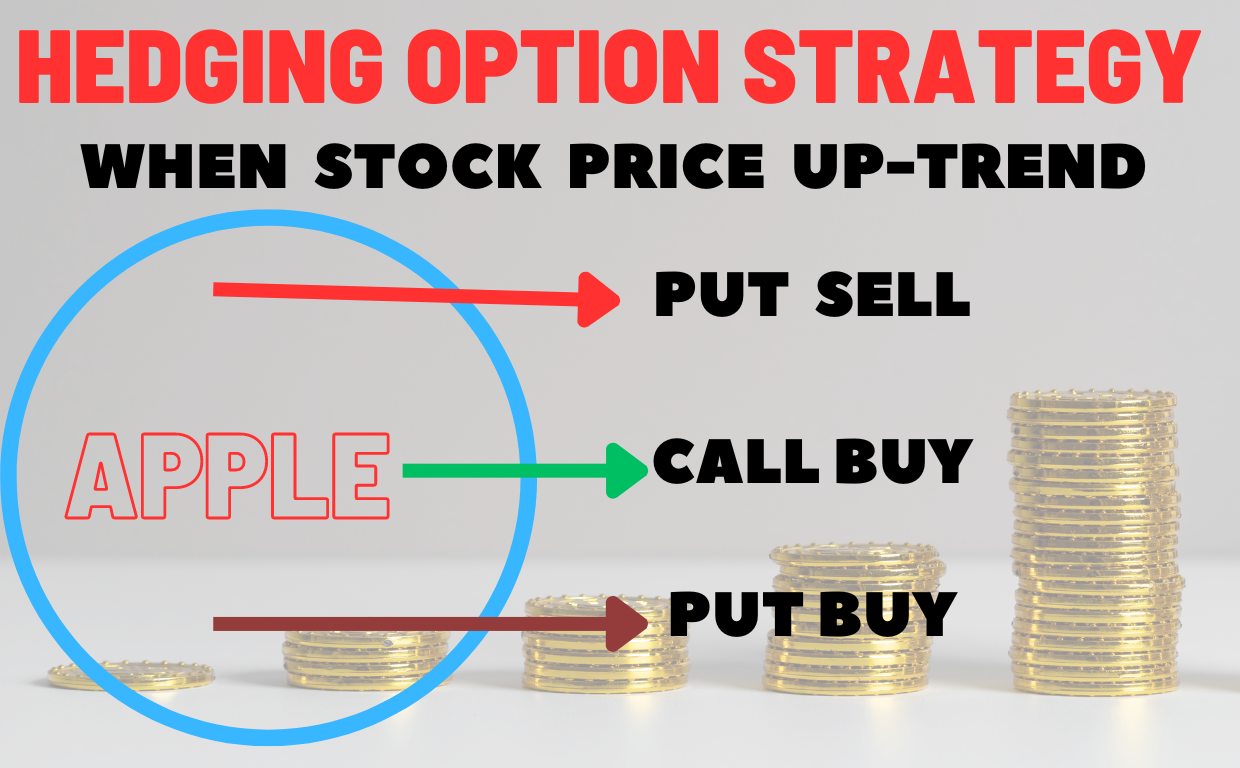What is Hedging?
Hedging is an advanced risk management strategy for Investors that involves buying or selling. This gives Investment potential help and reduces the risk of loss on existing position. Hedging is not a commonly used trading strategy just buying to when price increases selling among individual investors. Hedging is the instances where it is used, it is typically implemented at some point after an initial investment is made by an investor.
Hedging Strategy:
When looking for an investment Stock Market. Investors have options, hedging it’s a strategy with different way helps the investor to spread their risks and reduce them to a certain extent. As the market is unpredictable so are the hedging strategy techniques. This hedging strategy technique will have a constant modification. As per the strategy you are looking for with current market situation and the investment situation.
Heading Bets:
Transaction exposure hedging techniques
“Hedging Bets” refers to a betting advance strategy used to reduce the risk of loss or guarantee a profit regardless of the outcome of an event ( Forward Contracts, Future Contracts, and Money Markets ) Essentially, it involves placing a second bet against the original bet that you made, thereby ensuring that you will either minimize your loss or lock in a profit.
HEDGING BETS STRATEGIES EXAMPLE:
Let’s have a look at a hypothetical hedging example. Suppose JOHN purchased 100 shares of XYZ stock at a Price $40 per share in January 2023. Several months later, the stock is trading at a Price $30. Assume that JOHN does not want to sell the stock ( JOHN still think it might increase over time in the future and doesn’t want to incur a taxable event).
JOHN wants to reduce exposure to further losses. To implement here hedge this position, you might consider a advance protective put strategy. The strategy of purchasing put options on the same stock. Strategy of Puts option Buying grant the right, but not the obligation. To sell the stock at a given price, within a specified short time period.

Suppose JOHN purchased put options sufficient to hedge your existing position with a strike price of $20. In this scenario, would be protected from additional losses below $20 (on the duration of owning the put option Buying). But this will get profit when Market is down trend side. JOHN has to exit Put option at point where stock will reverse back to up trend side.
RISK MANAGEMENT:
Advance HEDGING TRADING SKILLS will recover RISK MANAGEMENT sufficiently. It’s the Most Effective Hedging Strategies to Reduce Market Risk.
There are several effective hedging strategies every investors follow by self to reduce market risk. Depend on the asset or portfolio of assets being hedged by investor.
Types of hedging strategies:
THERE ARE DIFFERENT WAYS TO HEDGE STOCK MARKET INVESTMENTS BY INVESTOR. THERE ARE ALSO NUMBER OF STRATEGIES THAT ARE USED FOR RISK MANAGEMENT. THESE TYPES OF ENSURE METHOD PROPER TAKING TO MANAGE WITH HEDGING STRATEGIES.
THERE ARE 3 TYPE OF HEDGING STRATEGIES
Hedging Strategy does a lot of amazing things for not just the investor but also the stock market itself to reduce risk factors. As a risk measure, it limits the losses of the investors in different unfavorable market conditions and protects the potential profits of the investor in many ways.
This is because various methods of hedging strategies prompts are used by the investor. To trade across different markets, it will be investor experience on market how they understand hedging. Particularly, the investor can relax knowing that market go any direction his long term investments are at a safe average even when things go down.
There are broadly 3 types of hedges used in the stock market in any country I.e. called Forward Contracts, a “Future Contracts” and last called “Money Markets”.
FORWARDS CONTRACT:
The Forward Contract is non-standardized agreements between the Buying/Selling specified assets at a determined price on a date agreed by two i.e ( Buyers/ Sellers) independent parties. The agreement of forward contract is drawn for various types of assets like commodities, currencies, etc in the current open day Market Price.
FUTURES CONTRACT:
The futures contract is a standardized agreement to BUY or SELLING specified assets at a specified price on a date agreed by two independent parties. This futures contract is drawn for various types of assets with current market price on commodities, currencies, etc.
Future contracts may not be the best way to trade EQUITY STOCK, but they are a good for commodities and currencies. They have fixed upfront trading costs with high volatility and most futures markets are very high liquid.
MONEY MARKETS:
The third Heding Strategy Money Markets are great for investors as they help to cover many types of financial activities of currencies. Money Market has operations for interest, calls on equities where short-term loans, borrowing, selling and lending happen with a maturity of minimum one year.
These Strategies help the investor secure his tomorrow for risk cover. While also limiting investment profits are made by the hedged assets.
What is long and short hedging?
Short hedge strategy is to protect existing position by selling the future contract Equity Stock of an underlying asset. Whereas long hedge is to protect the existing position by buying Equity Stock of future contract for long time duration.
What is future hedging?
Future hedging, also known as hedging with futures, is a financial strategy used to protect against potential price fluctuations in assets or commodities. It involves entering into futures contracts, which are agreements to buy or sell an asset at a predetermined price on a specified future date. By using futures contracts, investors and businesses can mitigate their exposure to price volatility.
For example, a company that relies on a particular commodity can use future hedging to lock in a fixed price for that commodity, ensuring stable costs for future production or operations.
The main goal of future hedging is to reduce the risk of adverse price movements and provide a level of predictability in financial planning. However, it’s essential to carefully consider the risks and costs associated with hedging strategies before implementing them.
OPTION HEDGING STRATEGIES IN INDIA
In India, option hedging strategies are used to manage risk in financial markets. Some common strategies include:
1. Covered Call: Selling a call option while holding the underlying asset to mitigate potential losses.
2. Protective Put: Buying a put option to protect against a decline in the value of the underlying asset.
3. Collar: Combining a covered call and protective put to limit both potential gains and losses.
4. Long Straddle: Simultaneously buying a call option and a put option with the same strike price and expiration date to profit from significant price movements.
5. Long Strangle: Similar to the long straddle, but the call and put options have different strike prices.
6. Iron Condor: Combining a bear call spread and a bull put spread to profit from limited price fluctuations.
7. Butterfly Spread: Using multiple options to create a position with limited risk and potential profit in a specific price range.
It’s important to remember that options trading involves risks, and it’s essential to understand these strategies before implementing them in the market. Consulting with a financial advisor or professional is recommended before executing any hedging strategy.
NIFTY OPTION HEDGING Strategy with example
Let’s consider you have a portfolio of NIFTY stocks, and you want to protect it from potential downside risks while still participating in the upside movements. The best Strategy You can use which is called “Protective Put” or “Long Put” strategy.
Example:
1. Portfolio: You own 100 shares of NIFTY stocks, which currently trades at ₹10,000 per share.
2. Strategy: To protect your portfolio, you can buy one NIFTY put option with a strike price of ₹9,500. Each option contract typically represents 75 shares.
3. Cost: Let’s assume the cost of the put option is ₹200 per share, so the total cost for one contract (75 shares) will be ₹15,000.
Scenario 1 – Market Goes Up:
If the NIFTY market goes up, your portfolio will also increase in value. You can let the put option expire worthless, as you don’t need the insurance since the market is moving in your favor.
Scenario 2 – Market Goes Down:
If the NIFTY market goes down, the value of your portfolio will decrease. However, the put option will act as insurance. For example, if the NIFTY drops to ₹9,000, your portfolio value would be ₹9,00,000 (100 shares * ₹9,000). But, the put option gives you the right to sell 100 shares at ₹9,500, effectively limiting your loss to ₹50,000 (₹10,00,000 – ₹9,50,000).
This hedging strategy helps protect your portfolio from significant losses while still allowing you to benefit from potential market gains. Remember that options trading involves risks and costs, and it’s essential to understand the market dynamics and consult a financial advisor before implementing any strategy.
BANKNIFTY option hedging strategy using an example.
Let’s assume you hold 100 shares of a bank that are part of the BANKNIFTY index and want to protect your investment against potential downside risk. You can use options to create a hedging strategy.
1. Step 1: Identify your portfolio value and risk tolerance.
– Portfolio value: Rs. 1,00,000 (assuming each share is worth Rs. 1,000)
– Risk tolerance: You’re willing to tolerate a maximum loss of 10% in case of a market downturn.
2. Step 2: Determine the hedge ratio.
– Find the beta value of your bank’s stock in the BANKNIFTY index.
– Suppose the beta is 0.75, meaning the stock tends to move 0.75 times the movement of the index.
– Hedge ratio = 0.75 (Beta)
3. Step 3: Choose the option to hedge with.
– Select a put option contract with a strike price closest to the current BANKNIFTY index value.
4. Step 4: Calculate the number of put options required for hedging.
– The number of options needed = Portfolio value * Hedge ratio / Option contract value
– Suppose the put option contract value is Rs. 1,500.
– Number of options required = Rs. 1,00,000 * 0.75 / Rs. 1,500 = 50
5. Step 5: Implement the hedge.
– Purchase 50 put option contracts to protect your portfolio.
Now, if the BANKNIFTY index declines, the put options will increase in value, offsetting the losses on your bank stock portfolio. This hedging strategy helps limit your potential downside risk while still allowing participation in market gains.
Disclaimer: Please note that this is a simplified example, and real-world hedging strategies may involve more complex calculations and factors. It’s essential to consult a financial advisor or a professional for personalized advice and detailed strategy implementation.









